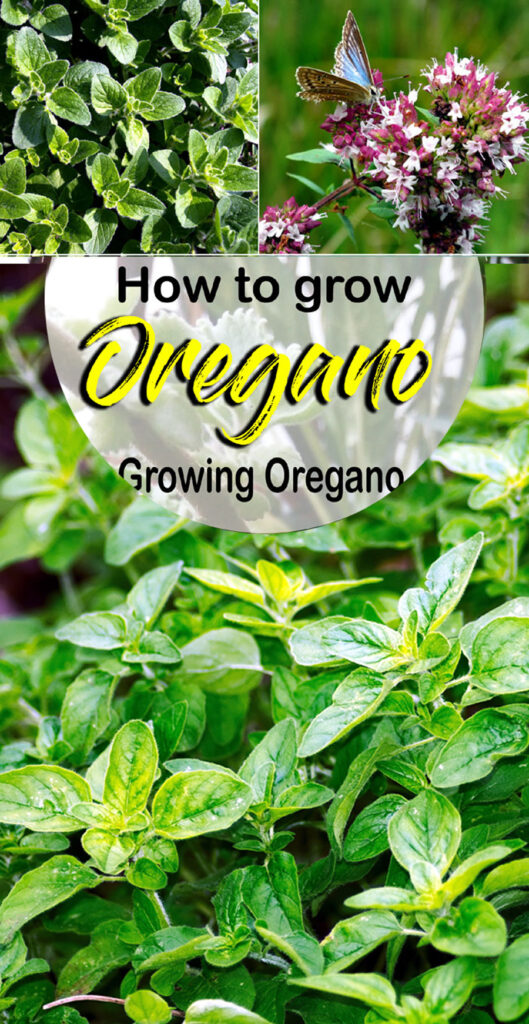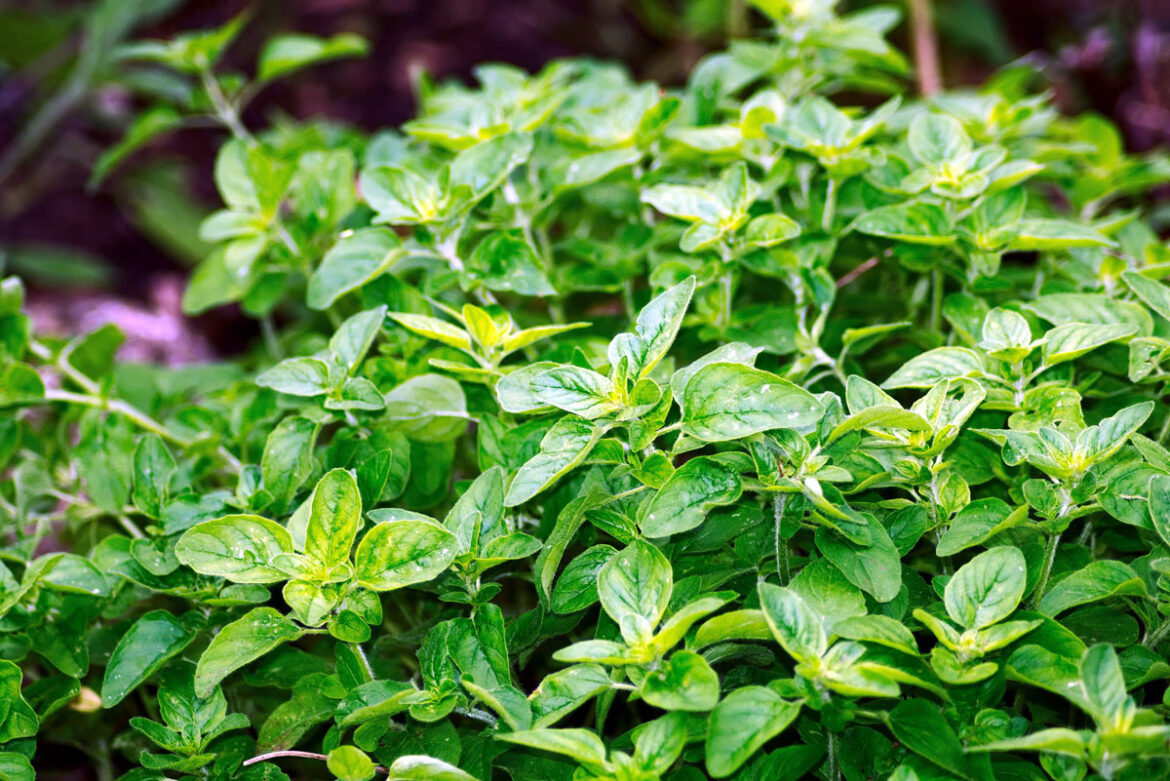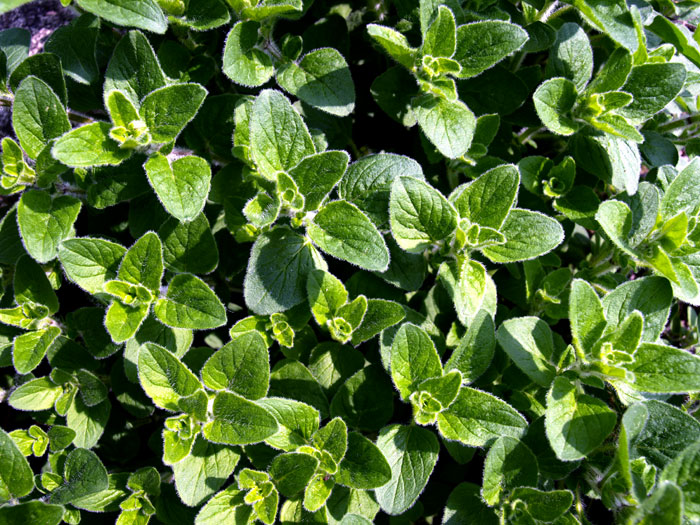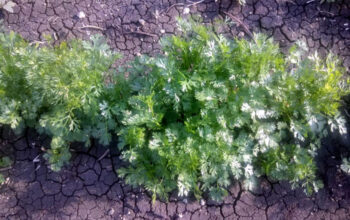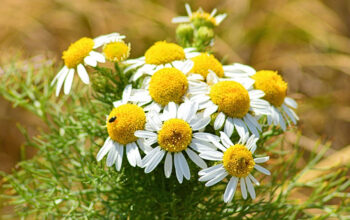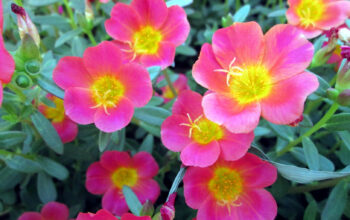Oregano
Learn How to grow Oregano, Growing Oregano, Care and Harvest, It is an amazing herb, to know more about its Growing condition and care then read the following article.
Oregano is a perennial herb containing pinkish-white or white flowers. it is used in delicious dishes. Origanum vulgare is one of the flowering plants of the Mint family (Lamiaceae), oregano is native to the temperate zone of the western, southwestern Eurasia, and the Mediterranean region. mostly used for food and health. In this method, the plant is used in pasta sauce, but, since ancient times, it is used as a medicine in Greek and Roman.
Overview Oregano
Scientific name Origanum vulgare
Common name Oregano
Plants type Herb
Sun Full Sun
Blooming time Summer
Soil Sandy Loam
Soil pH 6.0-8.0
USDA Zone 5-10
Growing condition of Oregano
Soil and location
Well-drained sandy loam soil (soil pH of 6.7 to 7.0) is best suited for oregano. If there is a lot of organic matter in light soils, oregano leaves perform better. This soil is generally quite well-drained and moisturized. When giving water, you should allow the soil to dry. Oregon performs well in the presence of the full sun when your plant remains in the sun all day, its taste becomes faster. Oregano leaves can grow well indoors, but they keep getting enough heat and sunlight to grow the plant. Read more.
Propagation
In the spring, its plants can be easily sown by seeds, when the temperature of the soil is at least 15 degrees Celsius. Inside the house, you can start six weeks before the last frost. Stem cutting or mature root division is the second option, so you can easily propagate.
Planting
When planting young plants, keep in mind that the stem does not bury in the soil. The top and ground level of the root ball should be the luggage. Place between 12 to 18 inches between young plants, because the plant will grow and expand in width. If you do planting of oregano leaves by seeds, then sow the seed deep in 1/4 inch. Successfully transplant thin or transplant 6-inch apart. Separate the rows from 18 to 24 inches apart.
Watering
It is necessary to give regular water for a few months before the development of your orange plant, once the plant is established you can cut the amount of water. Well, it requires moderate water. Check the plant whether it is needed for water or not, it can be detected by touching the soil near the plant. Planted in the container requires more water, Give it water until it starts moving out of the lower part of the container. Read more.
Fertilizer
Although these plants are not large feeders, the supply of fertilizers is the natural ingredient to feed the microbes in the soil. It contains important micronutrients, which make the plant strong and encourage more production. At the time of planting and during each spring, you must add all-purpose granules to manure or organic fertilizers.
Harvesting
Harvesting often encourages the new growth of the plant. As soon as its plant gets 4-5 inches in height, you begin to smell its twig. Its flower is the most intense in the middle of summer, and the best time to harvest the leaves is before flowering. Dry herbs are more stringent than fresh ones. You can use the oregano leaf dry, frozen, or refrigerated.
Companion plant
Oregano is a great companion plant that can be planted with almost every plant. So you can plant it with any plant. Well, people prefer to grow with tomatoes and chilies. Its leave keeps the aphids away from the tomatoes, although the aphids attack the oregano leaf also attracts the flower flies, and these flies feed this small insect.
Oregano Care
- When the height of plants is about 4 – 5 inches, pinch or trim lightly to encourage the growth of the plant.
- Often, trimming will also develop the branches of the plant and avoid planting legginess.
- This plant does not require water like other herbs. If the soil looks dry after touching it, then water the plant well.
- If it is planted in the container, give the plant water until it starts moving out of the surface.
- In the late spring, you can divide your plants if you want to keep them inside a house.
Pests and diseases
- Aphids, Glasshouse red spider, or two-spotted mites are usually the problem of this plant.
- Aphids are small-sized insects that suck sap and sticky honeydews out. Due to this, black sooty molds are promoted. You can use biological control to get rid.
- Glasshouse red spider or two-spotted mite leaves become mottled and yellow. These can be clearly seen, leaves fall off prematurely. They flourish in hot and arid conditions. Use biological control to get rid of. See.
Oregano Varieties
There are several named varieties of Origanum vulgare, which differ from their area and common name. There are also some plants that cannot be of the oregano family too.
- Greek oregano: It is commonly used in Mediterranean cuisine; most people here use the oregano flower.
- wild marjoram: This is also a variety, whose taste is less tart and sweet. English people use it in cooking.
- Mexican oregano: This variety is called Mexican oregano. It is used in Chilean powder.
- Golden oregano: The color of its leaves is lighter and you get the taste of milder oregano.
- Spanish oregano: It comes to Spain and is often used in food. Read more
Read also: How to prune your plants and shrubs. Passionflowers growing and caring tips. How to grow Fig tree in containers. Growing Celery in containers. Pansy flowers Growing and care. Jade Plant growing and caring tips. Onion Growing and care in containers. Cantaloupe growing in containers. Growing and care about Pansy flowers. Black pepper growing and caring tips. 8 Best Frugal gardening tips. Houseplant care. Sabudana Vada recipe easy recipe.
Happy gardening.
For Pin
